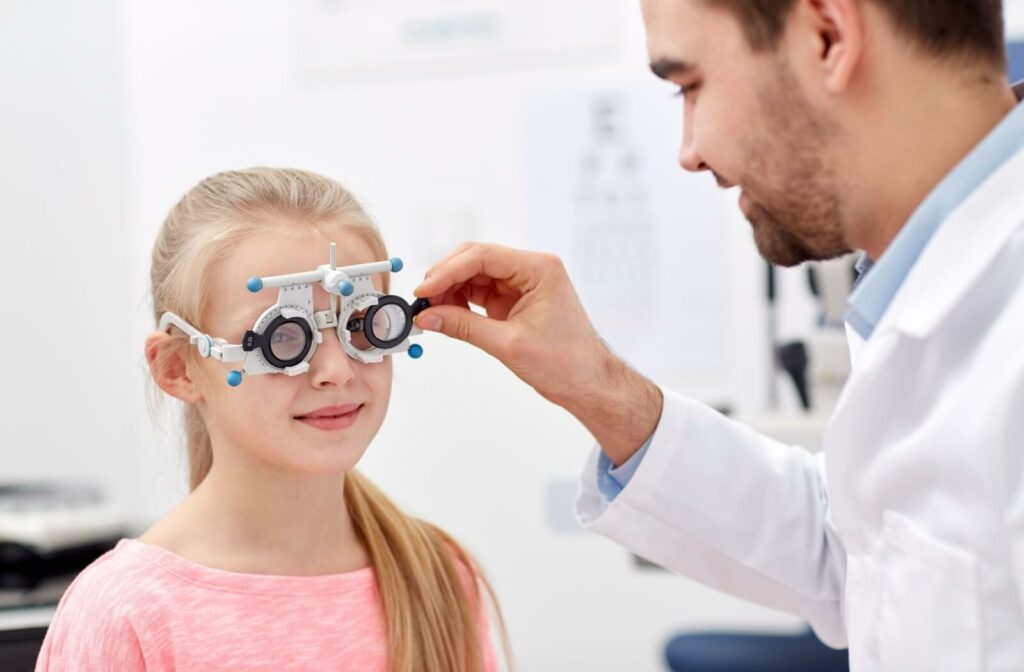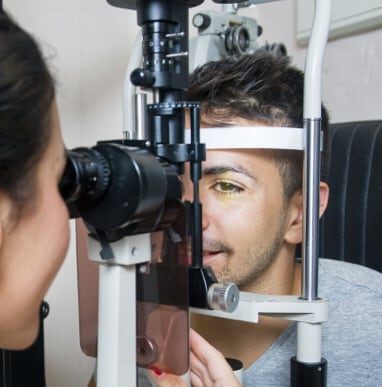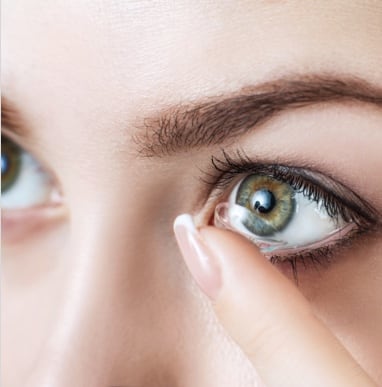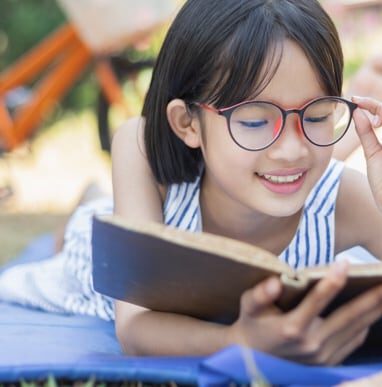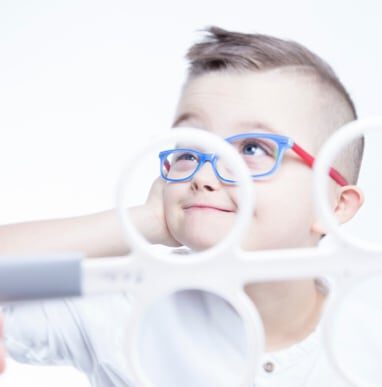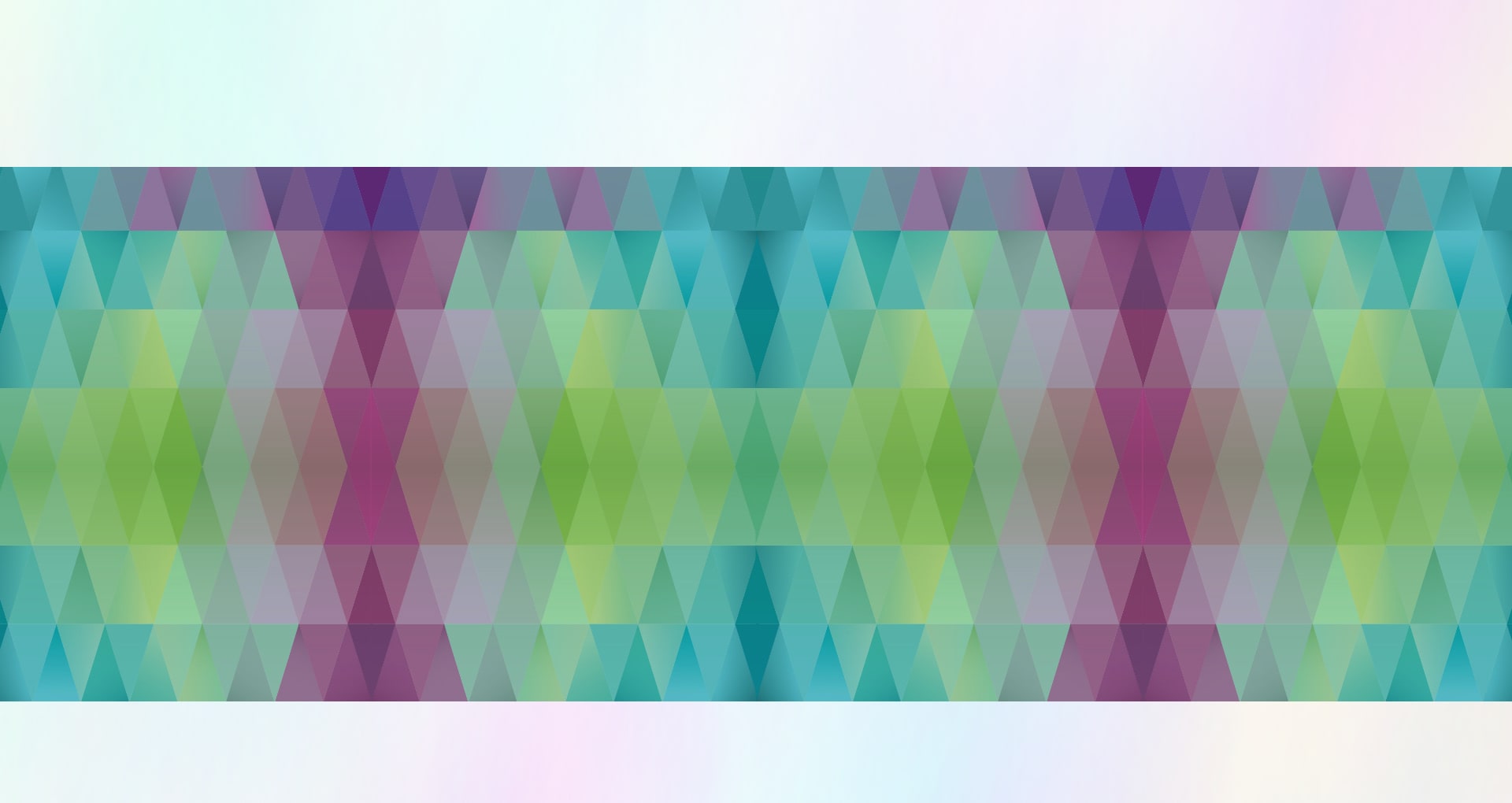Vision therapy can help children whose vision may need extra support. Pediatric vision therapy is a customized, non-surgical program designed to help children develop stronger visual skills by improving coordination between the eyes and brain.
It supports how a child’s visual system functions. While many visual skills develop naturally, some children need additional support. Vision therapy introduces structured, supervised exercises that can help children overcome challenges with reading, learning, and movement coordination.
Understanding Pediatric Vision Therapy
Good vision involves more than just sharp eyesight. For children, it also means being able to track words across a page, focus on both near and far objects, and quickly interpret visual cues. When one or more of these systems isn’t working well, a child may experience frustration, fatigue, or difficulty keeping up at school or during play.
Pediatric vision therapy targets these functional visual skills through individualized exercises and activities designed to enhance them. These are designed to strengthen the connection between the eyes and the brain, using tools like lenses, filters, balance equipment, and digital platforms, all guided by a behavioral optometrist and a trained vision therapist
These sessions are carefully prescribed to align with the child’s developmental stage and visual needs.
Common Vision Challenges in Children and Students
Some children pass a standard eye exam but still face difficulties tied to how their visual system works. These challenges may not always be easy to identify, but they can have a significant impact on learning and daily life. Vision therapy can help address several of these concerns:
- Amblyopia (lazy eye): Reduced vision in one eye, not correctable by glasses alone.
- Strabismus (crossed or drifting eyes) – Misalignment that may impact depth perception or eye teaming.
- Convergence insufficiency: Difficulty maintaining focus on close tasks, like reading or homework.
- Eye movement and tracking disorders: Problems following moving objects or keeping place on a page.
- Visual processing issues: Difficulty interpreting or responding to visual information efficiently.
These issues may result in academic delays, low confidence, or behavioral concerns in the classroom. Identifying and addressing them early can make a meaningful difference.
How Vision Therapy Builds Visual Skills
Therapy programs are designed to improve how children use their eyes and interpret visual input. The skills targeted during treatment can play a role in both academic and physical activities. Some of the key areas therapy focuses on include:
- Eye teaming: Teaching both eyes to work together in a coordinated way to reduce fatigue and improve reading fluency.
- Accommodation (focusing): Helping the eyes shift focus between distances more easily, which is vital for board work and reading.
- Tracking: Supporting smooth eye movements across text or toward moving targets, aiding both reading and sports.
- Hand-eye coordination: Strengthening the link between what a child sees and how they respond physically.
- Visual memory and perception: Helping the brain recognize, store, and make sense of visual information, improving comprehension and recall.
Strengthening these foundational abilities can help children better manage classroom tasks, stay more engaged during lessons, and feel more confident during peer activities.
The Benefits of Vision Therapy for Kids
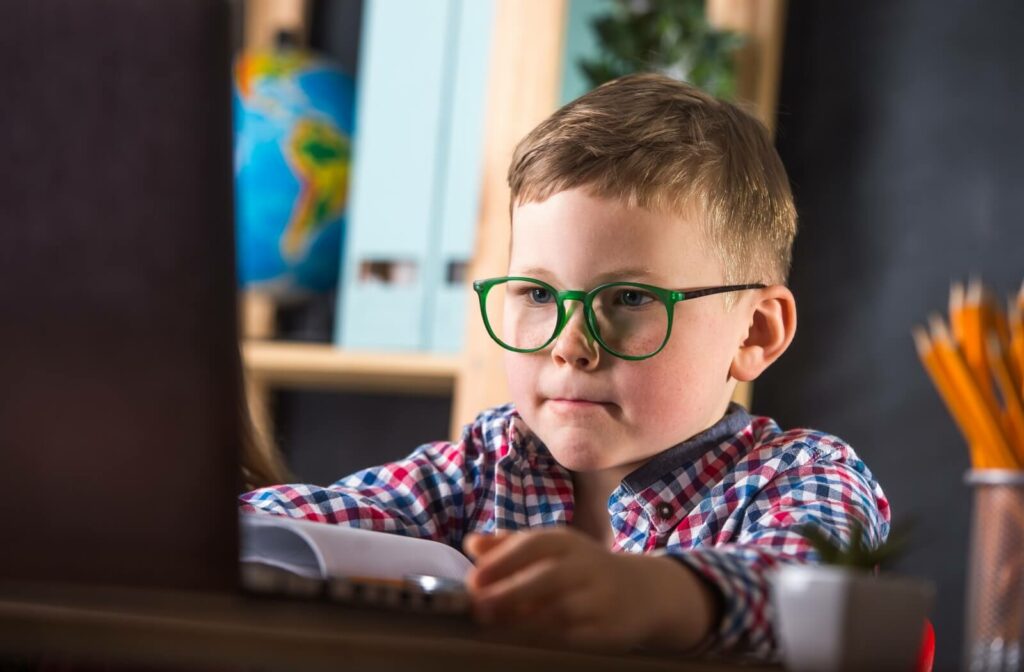
Vision therapy can improve visual function and related symptoms over time when performed consistently under the guidance of an eye care provider. For many families, the benefits can include:
- Reduced eye strain or fatigue during schoolwork
- Increased reading speed and accuracy
- Better attention and task persistence
- Less frustration during homework or learning
- Improved comfort with both academic and recreational tasks
Therapy doesn’t just address the symptoms; it targets the root causes of functional vision challenges, offering children tools they can carry into the future. These changes often develop gradually as therapy progresses, depending on the child’s specific needs and their response to the exercises.
What to Expect from the Therapy Process
The first step is a comprehensive binocular vision evaluation. Unlike a basic eye exam, this type of assessment looks at how the eyes move, track, and work together to process information efficiently. Based on those results, a personalized therapy plan is developed to address individual goals.
Therapy typically involves in-office sessions combined with at-home exercises and reinforcement. Activities are designed to be interactive and engaging, often using games or play-based tools that still serve clinical goals. Children are encouraged to participate actively, which helps build motivation and reinforces progress outside of the clinic.
The length and structure of the program will vary based on the child’s needs and response to treatment. Progress is monitored regularly, and therapy goals may be adjusted as skills improve. While programs can range in length, many families notice meaningful changes in focus, reading habits, or classroom behavior during the process.
Supporting Your Child’s Visual Growth
If your child avoids reading, gets frustrated during homework, or often loses their place on the page, they may benefit from a more detailed look at their visual function.
Our team provides personalized, functional care designed to help children build the visual skills they need to succeed in school and daily life. At Vision Care Center, we develop personalized therapy programs that support each child’s growth, guided by a thoughtful approach and a welcoming environment for families. Support your child’s visual development and book an eye exam.


